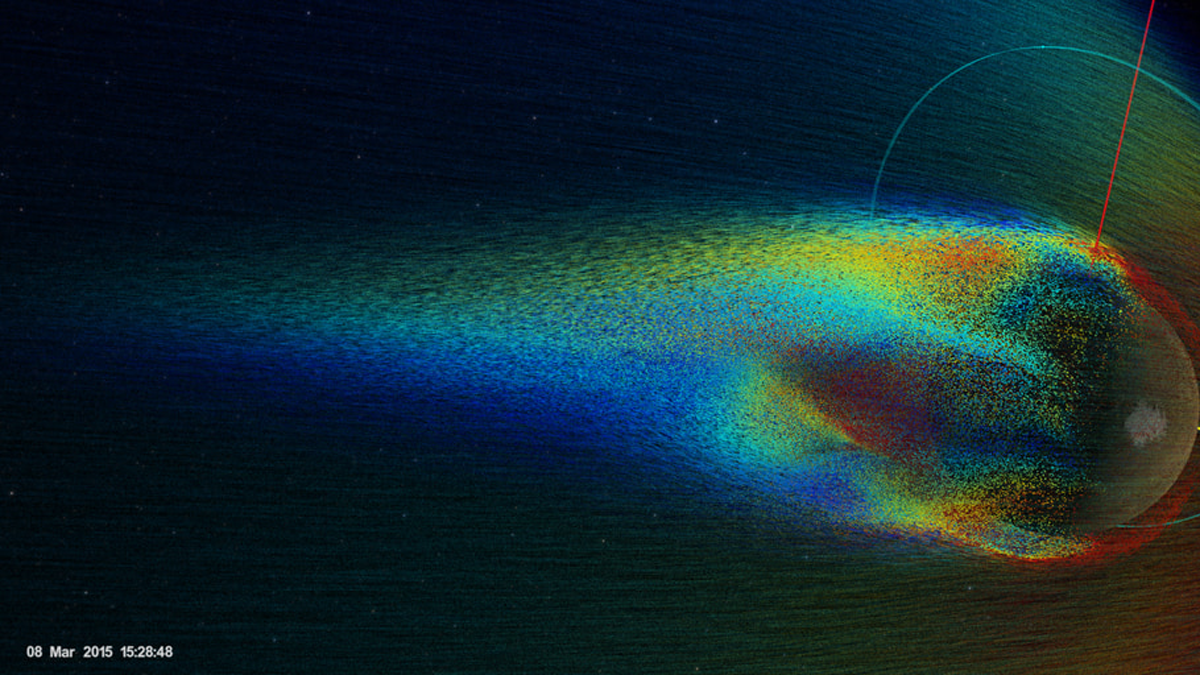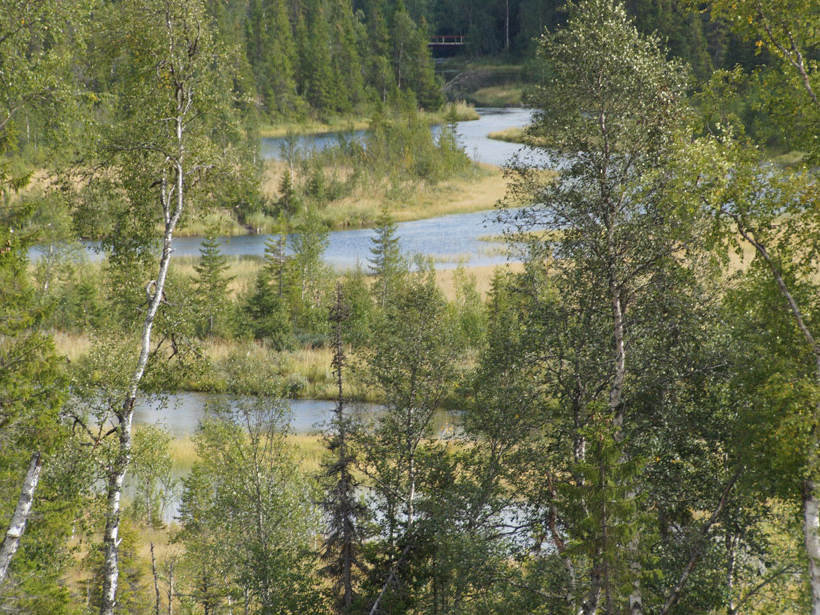Root-filled soils are hot spots of nutrient cycling and carbon storage. New research finds that the world has lost millions of cubic meters of rooted soil volume—and we’re on track to lose much more.
carbon
Una explosión de radiocarbono del pasado
El fechamiento por radiocarbono es un pilar de la climatología y la arqueología. Sin embargo, esta metodología se encuentra amenazada por las emisiones de combustibles fósiles, que invalidan una señal útil proveniente de pruebas nucleares.
Radiocarbon’s Blast from the Past
Radiocarbon dating is a cornerstone of climate and archaeological sciences. But the method is under threat as fossil fuel emissions negate a useful signal from atomic tests.
Impact of Climate on River Chemistry Across the United States
Findings of a new study have implications for water quality, aquatic ecosystem health, and water treatment and management as the world warms.
Measuring Carbon Ion Loss from the Martian Atmosphere
The flux, observed with NASA’s MAVEN spacecraft, is in line with models and 1–2 orders of magnitude lower than that of oxygen ions.
A Deep Dive into Organic Carbon Distribution in Hadal Trenches
Researchers use sediment cores to study the amount and origin of sediment organic carbon in one of the least studied regions of the planet: hadal trenches.
Organic Particles Affect Carbon Cycling in Boreal Waters
Dissolved organic carbon receives much of the focus in aquatic research, but a new study suggests that bulkier particulate matter may play a significant role in regulating carbon dioxide emissions.








